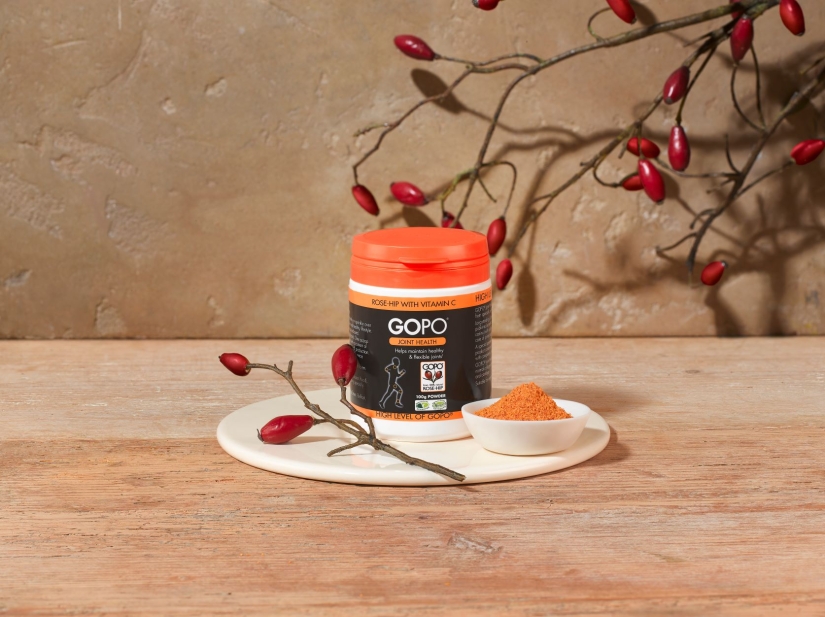Foraging is a great way of connecting with nature and the foods that you eat. What’s more, plants that are often seen as weeds are actually wonderful used in cooking, mixed with regular lettuce to elevate your salad, or turned into homemade herbal tea. These leaves can all be found in the hedgerows, gardens and woods at the moment, and they’re free! Here, Vanessa Arbuthnott at Vanessa Arbuthnott tells us 4 leaves you can easily go out and forage now – it’s the perfect activity for when the sun is shining, too!
Cruelty Free Beauty
- 4 signs you have low iron levels
- Zero Waste Beauty: Adopt a green routine with these sustainable products
- This eco-friendly beauty box is packed with refillable multi-taskers
- “I find myself using it even when I don’t need to!”
- Arctic-inspired natural skincare brand launches in the UK
- Green People launches beauty balm packaged in 100% biodegradable pot
- Lush launches same-day delivery service for its iconic handmade cosmetics
- “This cruelty-free tanning water gave me the confidence boost I needed”
- rho launches sustainable loungewear that gives back
- Rose & Caramel Raises Awareness For Women’s Self-Esteem & Mental Health With ‘I TAN FOR ME’ Campaign
- Couple launches entirely plant-based and refillable deodorant on Kickstarter
- View all
Eco Living
- Simple Hacks to Cut Your Food Waste with Gino D’Acampo
- Five Easy Ways to Reduce Food Waste
- Eat these foods to boost your mood
- Upgrade Your Cheese Toastie
- Have a healthy Christmas with these festive food swaps
- Omega-3 Health Benefits
- 5 minutes with Max La Manna
- A nutritionist’s guide to eating for healthy joints
- Easy ways to achieve your health goals
- Discover the benefits of raisins on a vegetarian diet
- Improve your gut health with California Raisins
- View all
Vegan Recipes
- Quorn Vegan Hot & Spicy Burger with Pink Slaw
- Tomato and Pumpkin Soup
- Pea and elderflower cocktail
- Matcha Coconut Ice Cream
- Vegan Lemon Bars
- Mango Salad with Thai Dressing
- Garden Gimlet
- Tofu & Green Beans Teriyaki
- Cornflakes Bombay
- Rainbow Pickle
- Soba noodles with kale and collards
- View all
Popular recipes
- Spinach and ricotta quiche vegetarian recipe
- Cheats mushroom and spinach lasagne vegetarian recipe
- Lentil bolognese vegetarian recipe
- Creamy mushroom stroganoff vegetarian recipe
- Malaysian Rendang curry vegetarian recipe
- Feta, Butternut Squash, Caramelised Onion and Cashew Nut Wellingtons
News
- LONDON’S FIRST 100% VEGAN PUB REOPENS WITH NEW RESTAURANT
- New Veggie Snacks Help Raise Awareness Around Issues of Food Waste
- Your Christmas tree could help preserve the Borneo rainforest
- Lewis Hamilton Launches Plant-Based Burger Chain
- M&S launches dairy-free yoghurts
- Charity provides free meals to children and families with surplus food
- Eat these foods to boost your mood
- Nature lovers needed to help The Wildlife Trust restore 30% of nature by 2030
- Lush drives change in cruelty-free cosmetics with £250,000 prize fund
- This inclusive vegan underwear is made from seaweed
- New vegan products we’re excited about this spring
- View all
4 foods you can forage right now
All around us there is freely available food that doesn't involve visiting a shop

1. Lime leaves
The Lime tree is common throughout Britain in all but the poorest of soils. The leaves are oval, have a sharp-toothed edge and often become sticky with honeydew. The smaller, newest lime leaves have a good texture and a mild, slightly sweet flavour. The young, translucent leaves can be cooked, but are best eaten raw. Add them to salads or sandwiches instead of lettuce (with a spritz of lemon juice). There are a lot of offshoots around the trunk and branches during the growing season – these are perfect for picking and can be harvested on a regular basis.”

2. Hawthorn
This time of year, the young leaves, flower buds and young flowers of hawthorn are all edible. They can be added to green salads and grated root salads; the developing flower buds are particularly tasty.

3. Wild Garlic
The leaves of wild garlic can be eaten raw in salads, blanched and used in place of spinach or made into a delicious soup or pesto. They have a mild garlic flavour and are at their best before the flowers appear. The flowers are also edible and can be added raw to salads.

4. Dandelions
If raw dandelion leaves don't appeal to you, they can also be steamed or added to a stir-fry or soup, making them taste less bitter. The flowers are sweet and crunchy, and can be eaten raw, breaded and fried, or even used to make dandelion syrup or wine!

Before you go…
The idea of foraging for plants may be exciting, but it’s important to keep a few things in mind before you head out, to keep both you and the environment safe and healthy. Here are Vanessa’s top three tips:
1. Know what you’re picking, and use reference books to identify the plants. Fungi, especially, can be notoriously difficult to identify, so if you’re unsure, it’s best to leave a plant alone and NEVER eat it.
2. Only collect flowers, leaves, fruits and seeds where they are in abundance.
3. Leave plenty behind, and don’t damage the ground and other plants around the ones you’re foraging.
More from Vegetarian blog

We hear from nutritionist and former champion athlete, Anita Bean on the best foods to eat to support joints
ADVERTISEMENT FEATURE

We've teamed up with Cherry Tomato Piccolo to bring you these delicious mid-week wins
ADVERTISEMENT FEATURE

ADVERTISEMENT FEATURE

Say hello to the Cherry Tomato Piccolo and try this perfect summer cocktail recipe
ADVERTISEMENT FEATURE

Has your health taken a hit during lockdown? California Raisins is here to support your health goals with easy ideas to make a positive change
ADVERTISEMENT FEATURE




